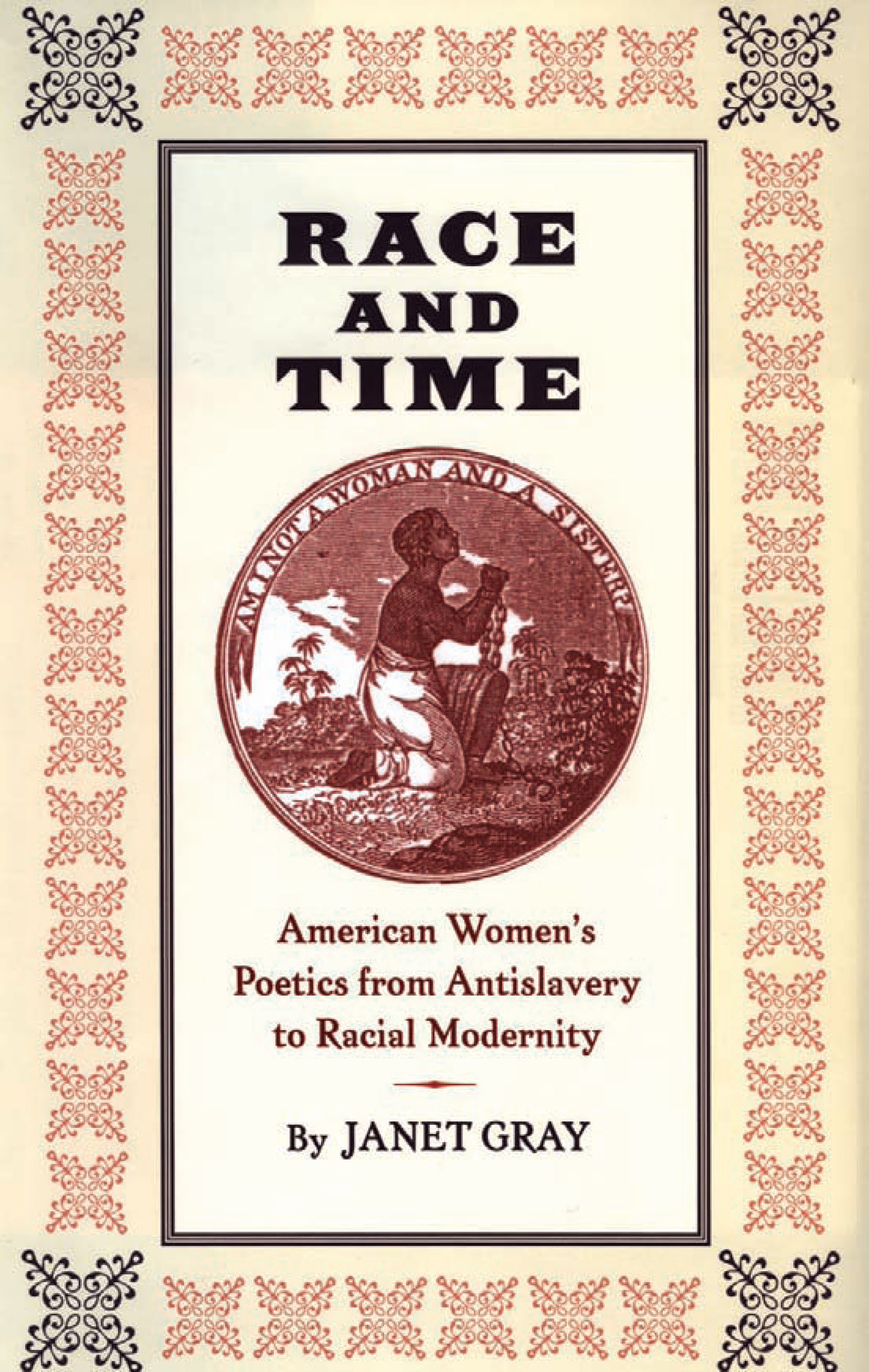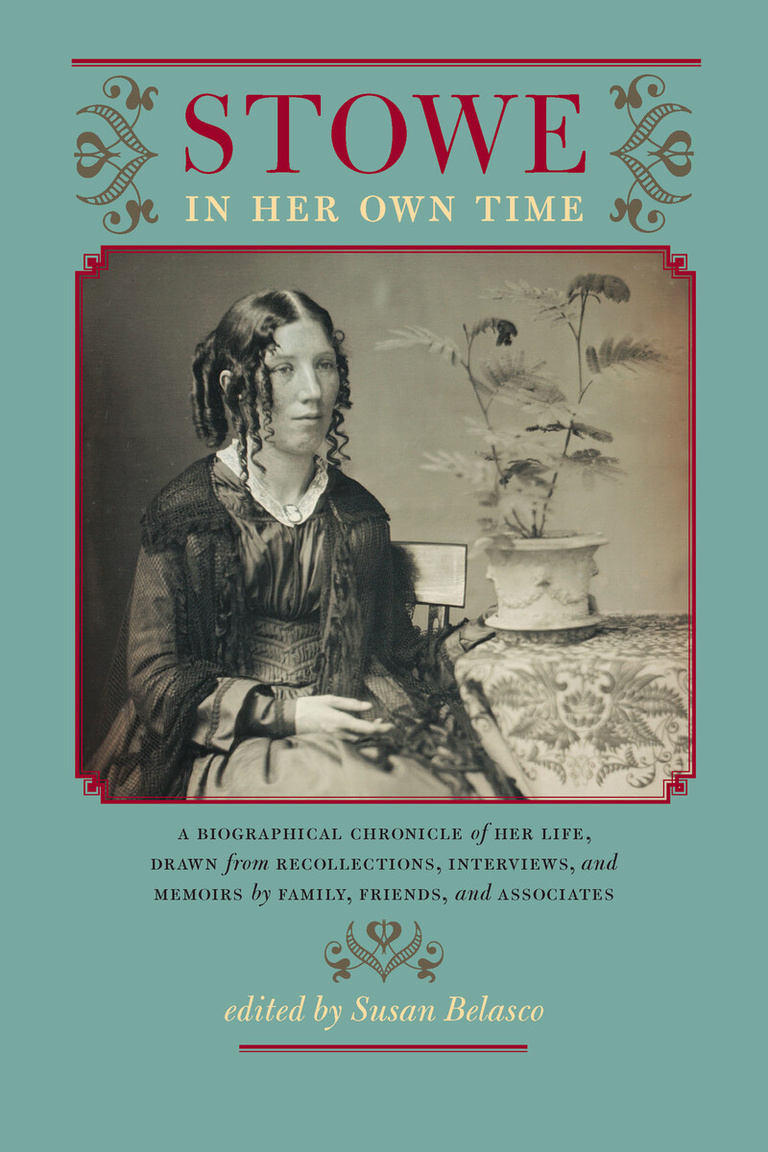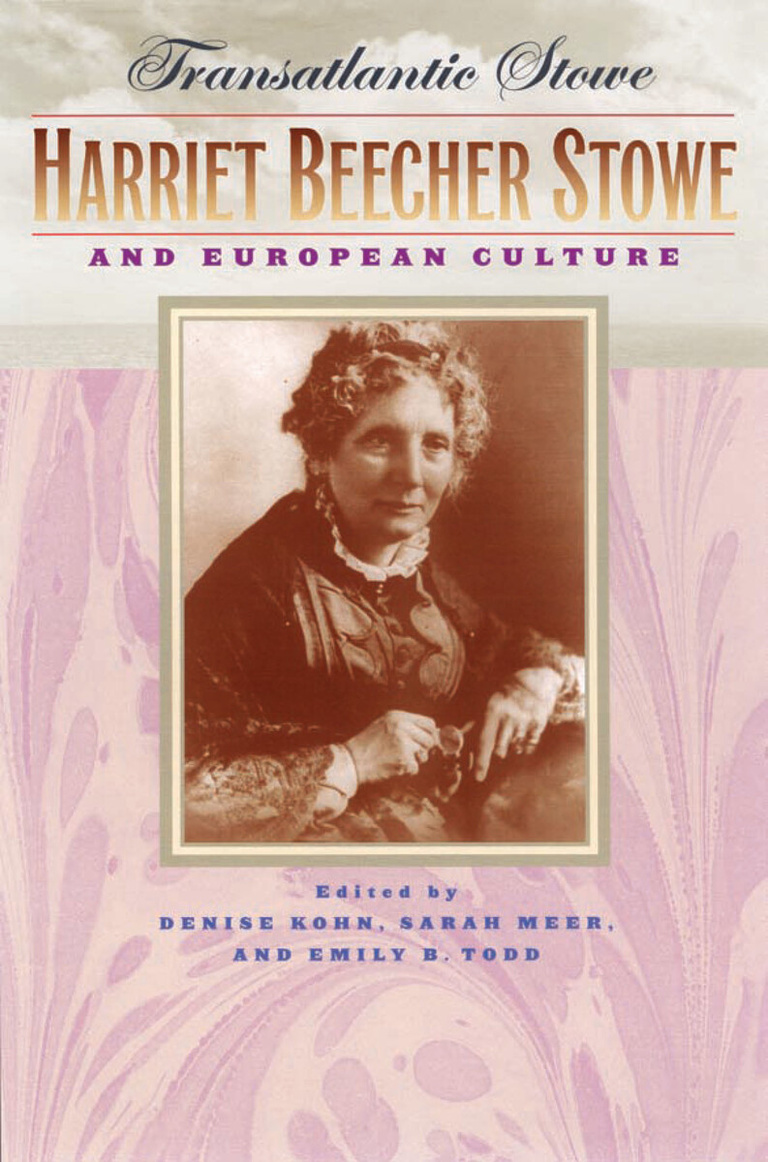Race and Time urges our attention to women’s poetry in considering the cultural history of race. Building on close readings of well known and less familiar poets—including Elizabeth Margaret Chandler, Sarah Louisa Forten, Hannah Flagg Gould, Frances Ellen Watkins Harper, Sarah Piatt, Mary Eliza Tucker Lambert, Sarah Josepha Hale, Eliza Follen, and Mary Mapes Dodge—Gray traces tensions in women’s literary culture from the era of abolitionism to the rise of the Plantation tradition. She devotes a chapter to children’s verse, arguing that racial stereotypes work as “nonsense” that masks conflicts in the construction of white childhood. A compilation of the poems cited, most of which are difficult to find elsewhere, is included as an appendix.
Gray clarifies the cultural roles women’s poetry played in the nineteenth-century United States and also reveals that these poems offer a fascinating, dynamic, and diverse field for students of social and cultural history. Gray’s readings provide a rich sense of the contexts in which this poetry is embedded and examine its aesthetic and political vitality in meticulous detail, linking careful explication of the texts with analysis of the history of poetry, canons, literacy, and literary authority.
Race and Time distinguishes itself from other critical studies not only through its searching, in-depth readings but also through its sustained attention to less known poets and its departure from a Dickinson-centered model. Most significantly, it offers a focus on race, demonstrating how changes in both the U.S. racial structure and women’s place in public culture set the terms for change in how women poets envisioned the relationship between poetry and social power.
Gray’s work makes contributions to several fields of study: poetry, U.S. literary history and American studies, women’s studies, African American studies and whiteness studies, children’s literature, and cultural studies. While placing the works of figures who have been treated elsewhere (e.g., Dickinson and Harper) into revealing new relationships, Race and Time does much to open interdisciplinary discussion of unfamiliar works.
“Gray’s arguments and interpretations are convincing and compelling. She convincingly illustrates how the complex relationship between racial and temporal thematics is at the heart of nineteenth-century American women’s poetry and poetics. In the process, she reveals the ways in which these texts and their contexts are a fascinating, dynamic, and diverse field for scholars of nineteenth-century U.S. social and cultural history—in particular, scholars examining race, gender, modes of historical representation, childhood, literary history, and print culture.”—Gregory Eiselein, editor of Emma Lazarus: Selected Poems and Other Writings
“Gray’s readings of individual works are brilliant: she consistently astonishes the reader with her supple elucidation of the sense and nonsense of this poetry, and what had seemed a simple and trivial verse suddenly presents itself as a rich cultural artifact. . . . Gray’s work is an important contribution to the practice of reading race back into literature.”—James Wallace, Boston College
Contents
Acknowledgments
I. Introduction
1. Wrappings, A Methodological Introduction
2. Contesting the Pearl, Whiteness, Blackness, and the Possession of American Poetry
II. Antebellum
3. “Skins May Differ,” Women’s Republicanism and the Poetics of Abolitionism
4. The Mummy Returns, Humor, Kinship, and the Bindings of Print
III. Postbellum
5. Looking in the Glass, Sarah Piatt’s Poetics of Play and Loss
6. We Women Radicals, Frances Harper’s Poetics of Radical Formation
7. What One Is Not Was, Mary Eliza Tucker Lambert’s Poetics of Self-Reconstruction
8. Critical Positions in Racial Modernity, An Approach to Teaching
IV. Other Times: Childhood and Nonsense
9. The Containment of Childhood, Reproducing Consumption in American Children’s Verse
Appendix: Poems Cited
Elizabeth Margaret Chandler, The Kneeling Slave
Sarah Louise Forten, An Appeal to Women
Frances E.W. Harper, The Slave Mother
Hannah Flagg Gould, The Slave Mother’s Prayer
Hannah Flagg Gould, The Child’s Address to the Kentucky Mummy
Sarah Piatt, A Child’s Party (in Kentucky, A.D. 185_)
Frances Harper, Aunt Chloe
Mary Eliza Perine Tucker Lambert, Loew’s Bridge, a Broadway Idyl
Anonymous, The Three Little Kittens
Sarah Josepha Hale, Mary’s Lamb
Mary Mapes Dodge, Shephard John
Mary Mapes Dodge, The Way to Do It
Hannah Flagg Gould, Apprehension
Mary Mapes Dodge, The Wooden Horse
Hannah Flagg Gould, The Butterfly’s Dream
Mary Mapes Dodge, The Mayor of Scuttleton
Lizzie W. Champney, How Persimmons Took Cah ob der Baby
Notes
Works Cited
Index


